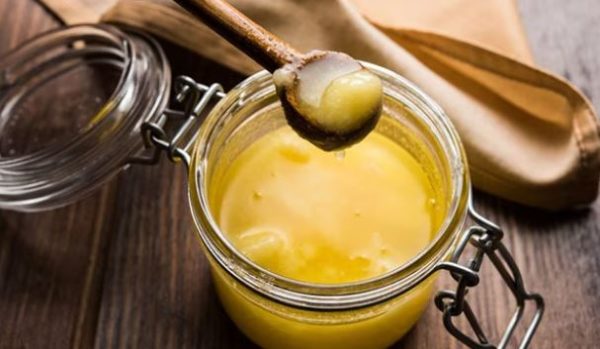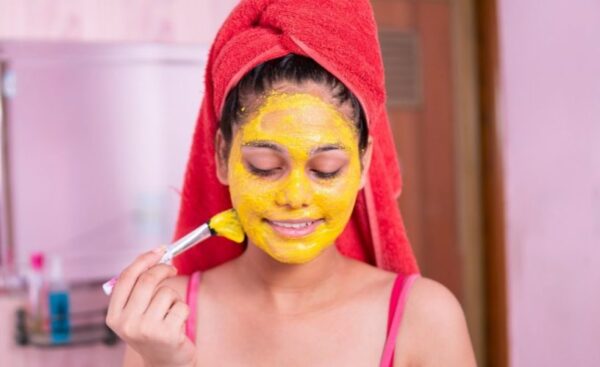Lifestyle
Here’s what happens when you apply ghee on your face

Applying ghee, which is clarified butter, to your face is a practice that is part of some traditional beauty and skincare routines, particularly in certain South Asian cultures.
Ghee is rich in fatty acids and can have moisturizing properties, making it a potentially beneficial ingredient for dry skin.
However, there are several things to consider before applying ghee to your face:
- Moisturization: Ghee contains fats that can help moisturize and hydrate the skin, making it feel softer and smoother.
- Nutrient content: Ghee contains vitamins A, D, E, and K, which are essential for maintaining healthy skin. These vitamins can contribute to skin health, repair, and protection.
- Anti-inflammatory properties: Ghee may have anti-inflammatory properties due to its fatty acid content, which could help soothe irritated skin.
Potential risks
While some people may find benefits in using ghee on their face, there are potential risks to consider. Ghee is a type of fat, and using it excessively or on oily or acne-prone skin could potentially lead to clogged pores and breakouts. It’s important to do a patch test on a small area of skin before applying ghee to your entire face to check for any adverse reactions.
Individual skin sensitivity
Everyone’s skin is different, and what works for one person may not work for another. Some people might find ghee to be too heavy for their skin, leading to discomfort or breakouts.
Consultation
If you have concerns about your skin or are unsure about trying ghee, it’s a good idea to consult with a dermatologist or skincare professional. They can provide personalized advice based on your skin type and any existing skin conditions.










